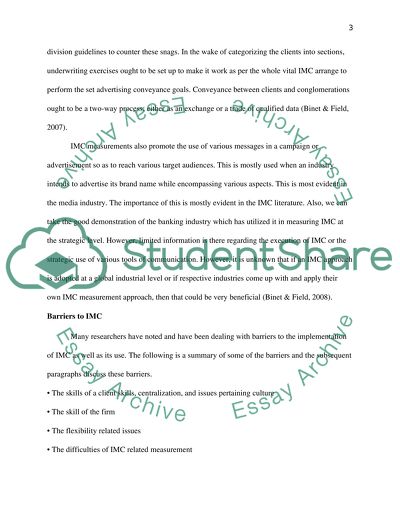Cite this document
(“Title: Ewing (2009) asserted that IMC measurement in the twenty-first Essay”, n.d.)
Title: Ewing (2009) asserted that IMC measurement in the twenty-first Essay. Retrieved from https://studentshare.org/marketing/1477417-title-ewing
Title: Ewing (2009) asserted that IMC measurement in the twenty-first Essay. Retrieved from https://studentshare.org/marketing/1477417-title-ewing
(Title: Ewing (2009) Asserted That IMC Measurement in the Twenty-First Essay)
Title: Ewing (2009) Asserted That IMC Measurement in the Twenty-First Essay. https://studentshare.org/marketing/1477417-title-ewing.
Title: Ewing (2009) Asserted That IMC Measurement in the Twenty-First Essay. https://studentshare.org/marketing/1477417-title-ewing.
“Title: Ewing (2009) Asserted That IMC Measurement in the Twenty-First Essay”, n.d. https://studentshare.org/marketing/1477417-title-ewing.


